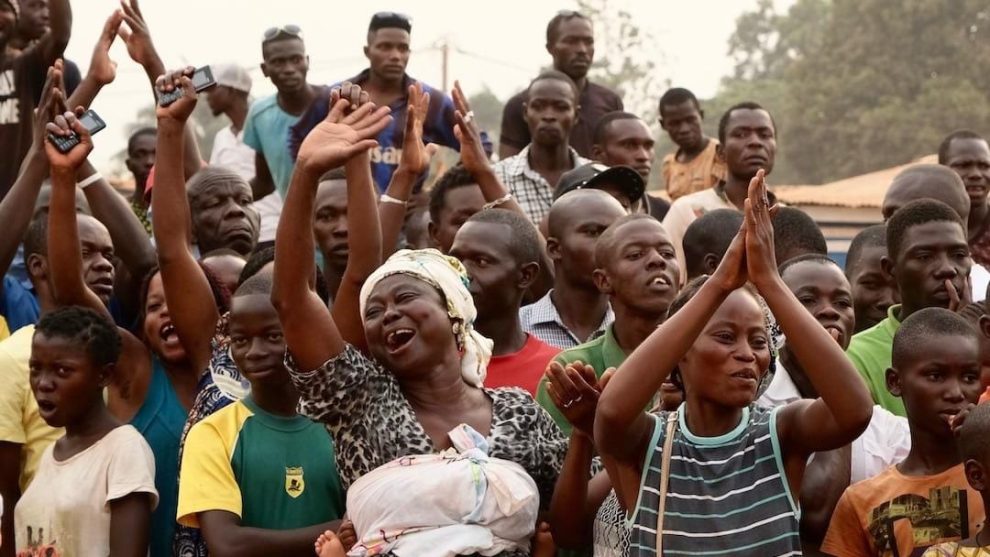The Central African Republic (CAR) is not only a land of breathtaking natural beauty but also a place rich in cultural diversity and the warmth of its people. Despite facing numerous challenges, the resilient population of the CAR has managed to preserve their unique traditions, languages, and vibrant cultural heritage. In this article, we will delve into the ethnic groups, languages, religious practices, and the daily life of the people who call the Central African Republic their home.
Ethnic Diversity
The CAR is a melting pot of over 80 different ethnic groups, each with its distinct identity and cultural practices. Among the major ethnic groups are the Baya, Banda, Mandjia, Sara, and Gbaya. The country’s ethnic diversity contributes to a colorful tapestry of traditions, customs, and folklore that have been passed down through generations.
Language and Communication
French is the official language of the Central African Republic, inherited from its colonial past. It serves as the language of government, administration, and education. However, for communication among various ethnic groups, many people speak Sango, a creole language that has evolved as a lingua franca. The use of Sango fosters a sense of unity and inclusiveness, enabling different communities to interact and understand one another.
Religious Beliefs
Religion plays a significant role in the lives of the people of the CAR. The majority of the population practices Christianity, with both Roman Catholicism and Protestantism being prevalent. Churches hold a central place in communities, serving not only as places of worship but also as social and support centers. Additionally, a substantial Muslim minority exists, particularly in the northern regions of the country. Apart from these major religions, many people in rural areas still maintain their traditional animist beliefs, worshipping spirits and ancestors.
Traditional Lifestyle
The majority of the CAR’s population resides in rural areas, relying on subsistence agriculture and small-scale farming for their livelihood. The staple crops include cassava, millet, maize, and yams. Traditional village life remains an integral part of their identity, and communal values, mutual respect, and hospitality are highly cherished.
Cultural Expressions
Music and dance hold a special place in the cultural expressions of the Central African Republic’s people. Each ethnic group has its unique musical styles, dance forms, and instruments. Traditional performances are an integral part of ceremonies, celebrations, and social gatherings, where they express joy, sorrow, and unity.
Challenges and Resilience
The Central African Republic has faced numerous challenges, including political instability, armed conflicts, and poverty. These issues have had adverse effects on the well-being of its population. However, the resilience and strength of the people shine through as they continue to maintain their cultural heritage and traditions in the face of adversity.
Conclusion
The Central African Republic’s people are a tapestry of diversity, with their distinct languages, traditions, and religious practices contributing to the country’s vibrant cultural mosaic. Despite facing various challenges, the warmth, resilience, and hospitality of the CAR’s population leave a lasting impression on those who have the opportunity to interact with them. Their rich cultural heritage and strong community ties stand as a testament to the enduring spirit of the Central African people.



















Add Comment